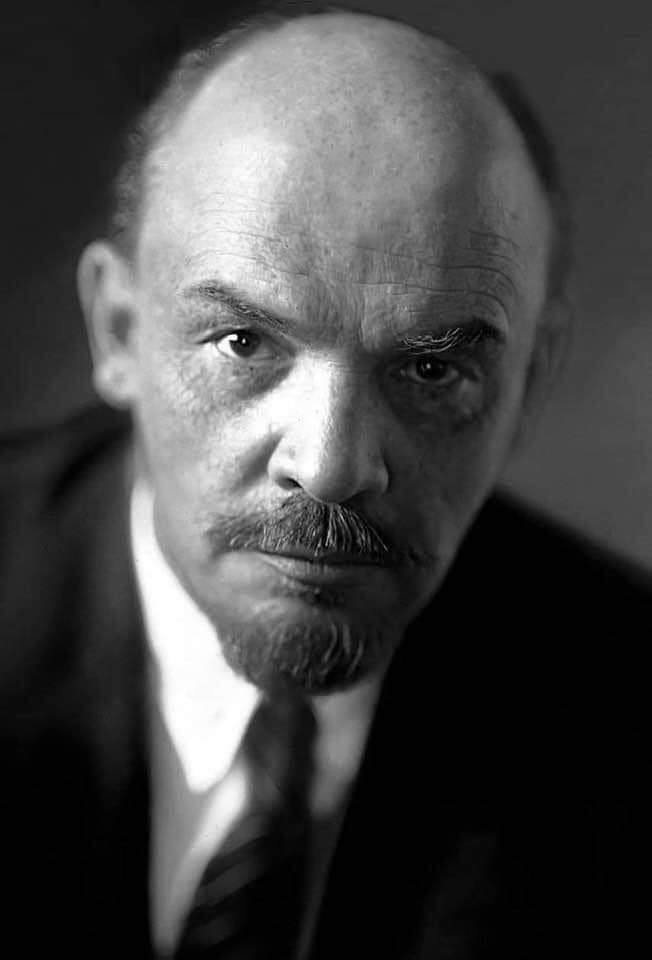THE PRESENTATION OF THE QUESTION BY MARX IN 1852*
“In 1907, Mehring, in the magazine Neue Zeit134 (Vol. XXV, 2, p. 164), published extracts from Marx’s letter to Weydemeyer dated March 5, 1852. This letter, among other things, contains the following remarkable observation:
“And now as to myself, no credit is due to me for discovering the existence of classes in modern society or the struggle between them. Long before me bourgeois historians had described the historical development of this class struggle and bourgeois economists, the economic anatomy of classes. What I did that was new was to prove: (1) that the existence of classes is only bound up with the particular, historical phases in the development of production (historische Entwick- lungsphasen der Produktion), (2) that the class struggle necessarily leads to the dictatorship of the proletariat, (3) that this dictatorship itself only constitutes the transition to the abolition of all classes and to a classless society.”
In these words, Marx succeeded in expressing with striking clarity, first, the chief and radical difference between his theory and that of the foremost and most profound thinkers of the bourgeoisie; and, secondly, the essence of his theory of the state.
It is often said and written that the main point in Marx’s theory is the class struggle. But this is wrong. And this wrong notion very often results in an opportunist distortion of Marxism and its falsification in a spirit acceptable to the bourgeoisie. For the theory of the class struggle was created not by Marx, but by the bourgeoisie before Marx, and, generally speaking, it is acceptable to the bourgeoisie. Those who recognize only the class struggle are not yet Marxists; they may be found to be still within the bounds of bourgeois thinking and bourgeois politics. To confine Marxism to the theory of the class struggle means curtailing Marxism, distorting it, reducing it to something acceptable to the bourgeoisie. Only he is a Marxist who extends the recognition of the class struggle to the recognition of the dictatorship of the proletariat. That is what constitutes the most profound distinction between the Marxist and the ordinary petty (as well as big) bourgeois. This is the touchstone on which the real understanding and recognition of Marxism should be tested. And it is not surprising that when the history of Europe brought the working class face to face with this question as a practical issue, not only all the opportunists and reformists, but all the Kautskyites (people who vacillate between reformism and Marxism) proved to be miserable philistines and petty-bourgeois democrats repudiating the dictatorship of the proletariat. …”
V. I. Lenin
CW Volume XXV
State and Revolution
Page 416

